

A LOOK AHEAD TO ACCESS AND REGULATION IN THE NOT-TOODISTANT BROADBAND FUTURE
CALLING ALL STATES: DIRECT
VIDEO CALLING (DVC) MEANS EQUITABLE COMMUNICATION
LITIGATION UPDATE: THE STATE OF THE UNIVERSAL SERVICE FUND



A LOOK AHEAD TO ACCESS AND REGULATION IN THE NOT-TOODISTANT BROADBAND FUTURE
CALLING ALL STATES: DIRECT
VIDEO CALLING (DVC) MEANS EQUITABLE COMMUNICATION
LITIGATION UPDATE: THE STATE OF THE UNIVERSAL SERVICE FUND

In a recent conversation with my long-time colleague and friend Juliet Fink Yates, Broadband and Digital Inclusion Manager for the City of Philadelphia, she indicated that she was inundated with requests to speak about the city’s broadband successes.. Though the city’s overall success could not be discounted, Juliet expressed a need to connect with peers dealing with similar municipal challenges Connecting municipal leaders is at the core of what we do, and we are working to adapt our network mapping measures to align with BEAD funding and the subsequent implementation of digital equity plans nationwide
As we continually reassess how to best meet the unique needs of our members, Next Century Cities looks to re-engage long time members, attract new members , and hone in on the issues that matter most to our membership. In the coming months, NCC members will receive an in-depth membership survey that will be used to update contact information and demographic statistics as well as identify local successes and challenges. Among other things, these data points will be used to create cohorts for regular round table discussions, allowing members to work together to identify situation-specific solutions
Are you a current member that’s interested in how you can be involved? Or are you interested in becoming a member to take advantage of this opportunity? Connect with our program manager, Stacey Baxter at stacey@nextcenturycities.org.
EXECUTIVE DIRECTOR


On December 1, 2023, NCC’s Executive Director, Andy Stutzman, and Senior Policy Counsel, Corian Zacher, joined a roundtable discussion, A Look Ahead to Access and Regulation in the Not-TooDistant Broadband Future, hosted by the Silicon Flatirons Center at the University of Colorado Law School. Following the discussion, Kevin Nguyen and Gabrielle Daley summarized the findings in a Roundtable Outcomes Report
From the conversation, Nguyen and Daley distilled three main findings: BEAD’s deployment programs alone are insufficient to solve digital inequity. 1. Once broadband infrastructure is in place, additional upkeep costs for new networks will require resources dedicated to routine maintenance and cybersecurity services 2. Effectively closing the digital divide requires additional funding mechanisms beyond congressional appropriations. 3
Additionally, Nguyen and Daley offered eight recommendations from the discussion: Partner with community anchor institutions 1. Invest in digital navigators
Recognize, define, and deploy equitable devices
Build on existing programs to lower barriers to access
Re-up effective and in-demand programs like the Affordable Connectivity Program (“ACP”). 5. Identify adequate and stable funding for broadband support programs. 6. Support access to both broadband and voice line connections
Network maintenance and cybersecurity require ongoing investment

During the roundtable, Andy Stutzman, NCC’s Executive Director, stated that while “broadband access is great, digital literacy is great, and digital skills are great,” without equitable devices, we cannot genuinely achieve digital equity Additionally, NCC’s Senior Policy Counsel Corian Zacher discussed the important role that collaboration and community feedback play in middle mile networks Zacher explained that “several states [including] Kentucky, California, and Massachusetts have all invested in state middle mile networks partner[ing] with local communities to make sure that there were last connections available before going forward with constructing the network.”
On May 30, 2024, Next Century Cities hosted Working Today for a Connected Tomorrow, where Gabrielle Daley joined Kathy Bisbee from the Alliance for Digital Equity at Baystate Health, and Becca Quon from METRO’s Digital Equity Research Center, for a conversation about the future of affordable broadband, digital equity planning, and critical policy needs
The webinar recording is available on Next Century Cities’ YouTube

BY STACEY BAXTER, PROGRAM MANAGER

For most people, calling into a company’s customer service line is rather simple - not always enjoyable, but the process to speak to someone is pretty straightforward. Even for individuals who do not speak English, most companies offer several language options in order to accommodate a diverse customer base. But for over half a million Americans, reaching a customer service agent in their primary language involves a much more windy and complicated road
In the United States, over 500,000 individuals identify as Deaf or Hard of Hearing For these individuals, their primary language is American Sign Language (ASL), a language communicated through hand movements and facial gestures, as opposed to spoken language. This form of communication inherently calls for an alternative process in order for individuals who are Deaf or Hard of Hearing to access support over the phone. Before 1964, individuals who were Deaf or Hard of Hearing relied on family and friends in order to perform basic tasks over the phone, such as making a doctor's appointment or calling a business. Thanks to a Deaf electronic scientist in 1964, the teletypewriter (TTY) service was invented and allowed individuals who were Deaf or Hard of Hearing to be able to communicate with others over the phone, using text instead of spoken language Years later, TTY branched off to include relay service communication for those without the TTY technology on their phones This relay system added a third person to the conversations who could be able to communicate TTY to an individual on the other line Eventually, this form of relay communication service became the norm for individuals who are Deaf or Hard of Hearing to be able to communicate with individuals without hearing disabilities. In 1990, the Americans with Disabilities Act (ADA) was passed, which included legislation making it mandatory for each state to have nationwide relay service that were available 24/7 in every state and territory.
IT IS TIME FOR EACH AND EVERY STATE TO ADOPT DVC AND HAVE ASL-PROFICIENT
With the advancements of technology, this TTY relay service transitioned into Video Relay Service (VRS). This technology allows for individuals who are Deaf or Hard of Hearing to use their primary language, ASL, to communicate over video with an interpreter, who then relays the message to the individual on the other end without hearing disabilities This was a vast improvement from TTY service, as it allowed individuals with hearing related disabilities to communicate in ways that are most conducive and comfortable to them, as opposed to using text to communicate. Although the Federal Communications Commission (FCC) dubbed VRS “functionally equivalent” to telephone service for individuals without disabilities, this updated form of communication still carries a burden for the individual who is Deaf or Hard of Hearing First, VRS requires a specific kind of technology in order to use it from an individual’s home Secondly, relay communication services create privacy issues based on the need for a third party interpreter, and more than doubles the amount of time it takes to communicate, compared to communication without a middleman. This means that individuals who are already vulnerable members of society, are now subject to more vulnerabilities by having to include a third party into a conversation that opens to doors to confidential and personal information being shared
Today, in the year 2024, there are better and more efficient ways for individuals who are Deaf or Hard of Hearing to communicate with those around them. Ways that do not include typing out every word in a conversation, and ways that do not include needing a third party relay service. Direct Video Calling (DVC) is an updated and more appropriate solution to communication avenues between individuals who are Deaf or Hard of Hearing and individuals without hearing disabilities Unlike TTY and relay communication services, DVC allows individuals to communicate for themselves, in their primary language, in real-time with a ASL-fluent representative. Instead of needing a third party interpreter, DVC meets an individual who is Deaf or Hard of Hearing where they are at by communicating in ASL, over video. Individuals are able to communicate with a person on the other end who is trained in ASL and provides seamless communication in a way that encourages dignity, autonomy, and self respect

the Deaf (CSD) are dedicated to ensuring that as technology advances, outdated services are transformed into modern forms of communication, such as direct video calling, that greatly benefit all individuals, particularly those who are Deaf or Hard of Hearing
In the United States, a free market system allows companies to choose how they want to best support their customers, meaning that it is up to them if they want to include DVC in their customer service repertoire.
However, when it comes to government agencies, the burden should not fall onto the individual who is Deaf or Hard of Hearing, particularly when there are efficient and reliable alternatives to relay services
Currently, only a few government agencies use the preferred DVC technology - U.S. Health and Human Services; Substance Abuse and Mental Health Services Administration; Federal Communications Commission; Equal Employment Opportunity Commission; Administration for Community Living; and the Census Bureau
It is time for each and every state to adopt DVC and have ASL-proficient representatives support their Deaf and Hard of Hearing residents. The Americans with Disabilities Act prohibits discrimination against people with disabilities, including employment, transportation, public accommodations, communications and access to state and local government' programs and services. If Americans without disabilities are able to communicate with state and government agencies in their primary language, and without the need for a third party interpreter, then individuals who are Deaf or Hard of Hearing deserve the same rights and accommodations as everyone else
These services not only create needed jobs for individuals with disabilities, but it is also a less expensive way for state agencies to support vulnerable populations in their communities. DVC benefits everyone. It is 2024, the time is now for states to adopt DVC services and allow individuals with disabilities to be themselves, communicate for themselves, and maintain a level of autonomy that is guaranteed to each of us
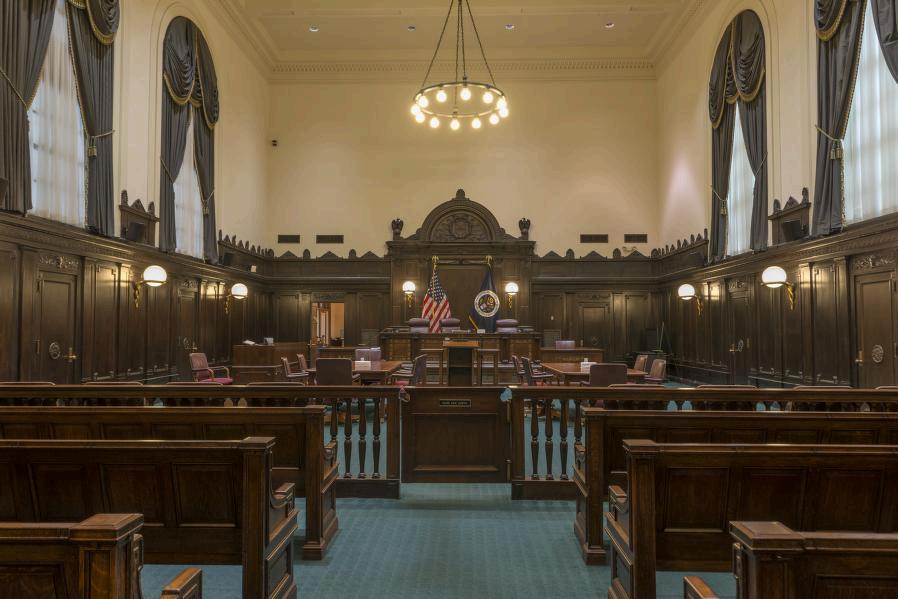
BY RYAN JOHNSTON, SENIOR POLICY COUNSEL
With the end of the Affordable Connectivity Program many former participants are now looking to the Federal Communications Commission’s (“FCC” or “Commission”) Lifeline Program for help with their broadband bills. An estimated 7.5 million people enrolled in the Lifeline program, providing eligible consumers with $9 25 a month to put toward a participating broadband provider However, even this program has recently been at risk The Lifeline Program is part of a larger collection of FCC initiatives housed within the Universal Service Fund. Codified in the Telecommunications Act of 1996, the Universal Service Fund (“USF”) and its administrator the Universal Service Administrative Company (“USAC”) were created to collect funds from telecommunications companies and disburse them across four USF programs: Lifeline, E-Rate, HighCost, and Rural Healthcare
To determine how much each provider contributes USAC sets a percentage of interstate and international end-user revenues to be collected. The current contribution factor is set at 34.4%. This contribution is generally passed through to the consumer as a USF Fee on a consumer’s bill
In 2021, Consumer’s Research and several others petitioned the Fifth and Sixth Circuits to review the Commission’s decision to approve the 2021 Fourth Quarter Contribution Factor. Consumer's Research argued that Section 254 of the Communications Act violated the nondelegation doctrine because it failed to provide limits on how the FCC can administer the USF Further, Consumer’s Research also argued that USAC’s role in the USF system violates the privatenondelegation doctrine as agencies are prohibited from delegating authority to private entities
In the Fifth Circuit, the court originally found in favor of the FCC, but the full circuit voted to rehear the case en banc. The oral argument for the en banc hearing was held in September, 2023, but the opinion has not yet been released. The Sixth Circuit also found in favor of the FCC, but Consumer’s Research filed a Petition for Certiorari with the Supreme Court in January, 2024. The Court has since denied the petition without citing a particular reasoning.
Additionally, Consumer’s Research also filed petitions for rehearing in the Eleventh Circuit and D C Circuit challenging the fourth quarter 2022 and the second quarter, 2023 contribution factors respectively These petitions also included arguments similar to those found in the petitions to the Fifth and Sixth Circuits. In the Eleventh Circuit the court ruled in favor of the FCC releasing its opinion in December, 2023. While oral arguments were held for the D.C. Circuit in January, 2024, an opinion has yet to be released.
So far the courts have upheld the status of the USF and USAC as its administrator. However, the unreleased opinions from the Fifth and D C Circuits could provide the split needed for the Supreme Court to grant a Petition for Certiorari However, the question of USF reform remains a significant question, even if the system is not deemed to be illegal
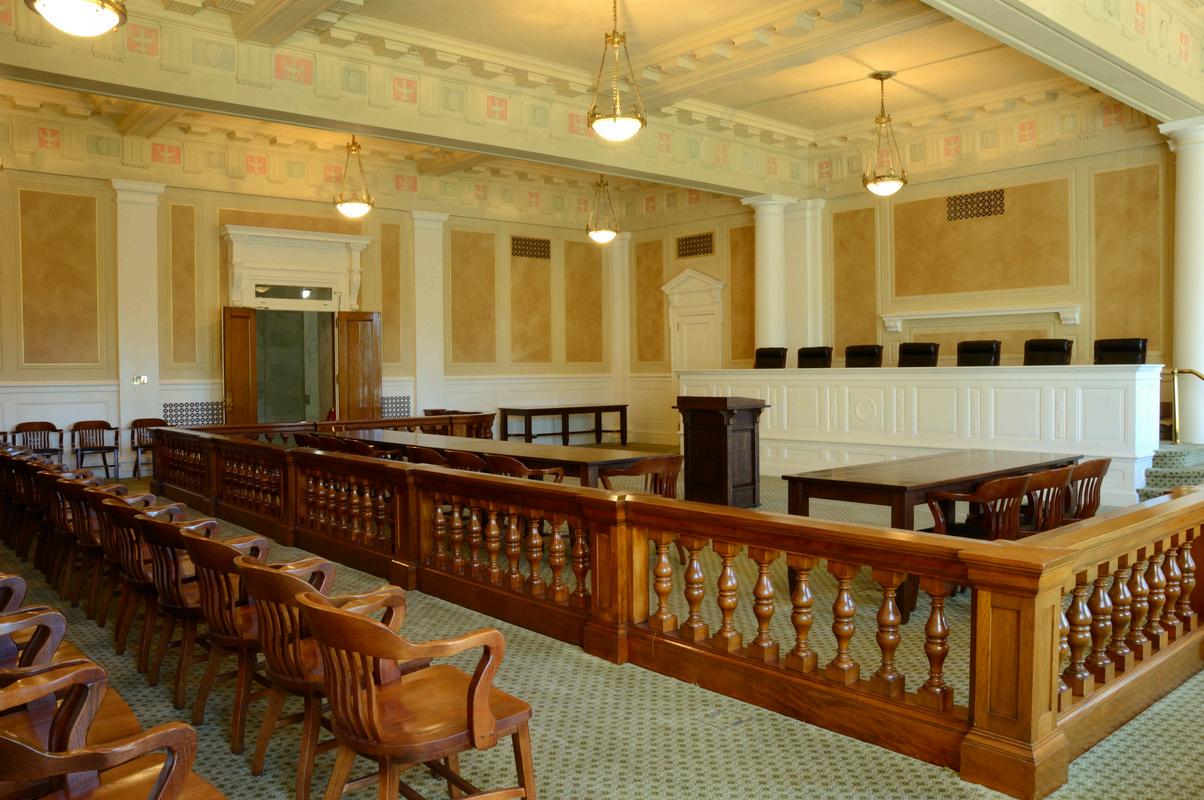

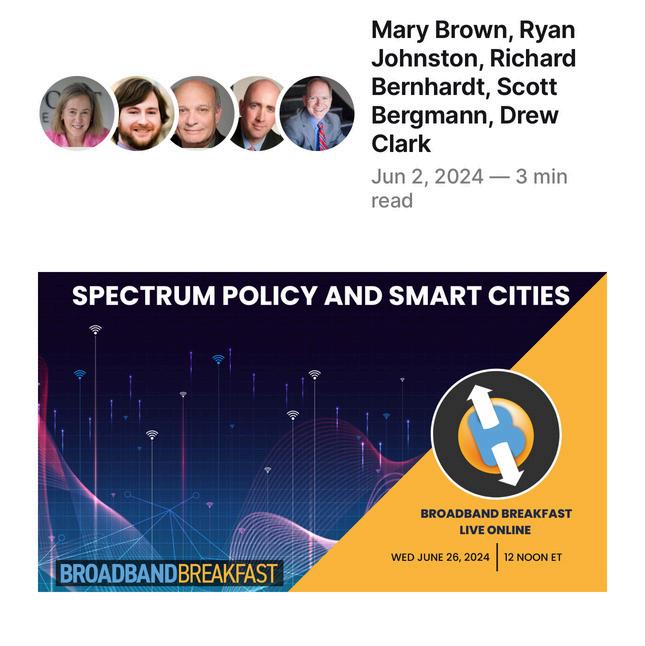
June 26, 2024
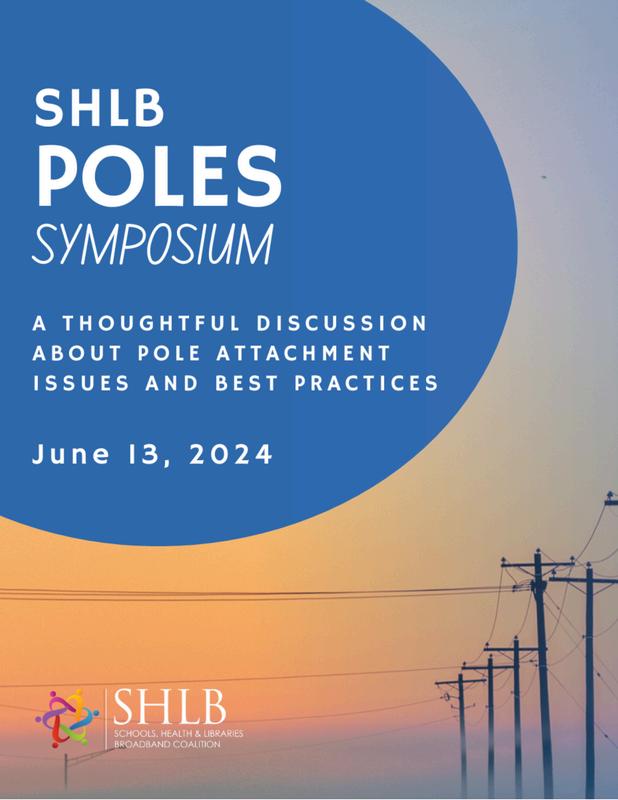
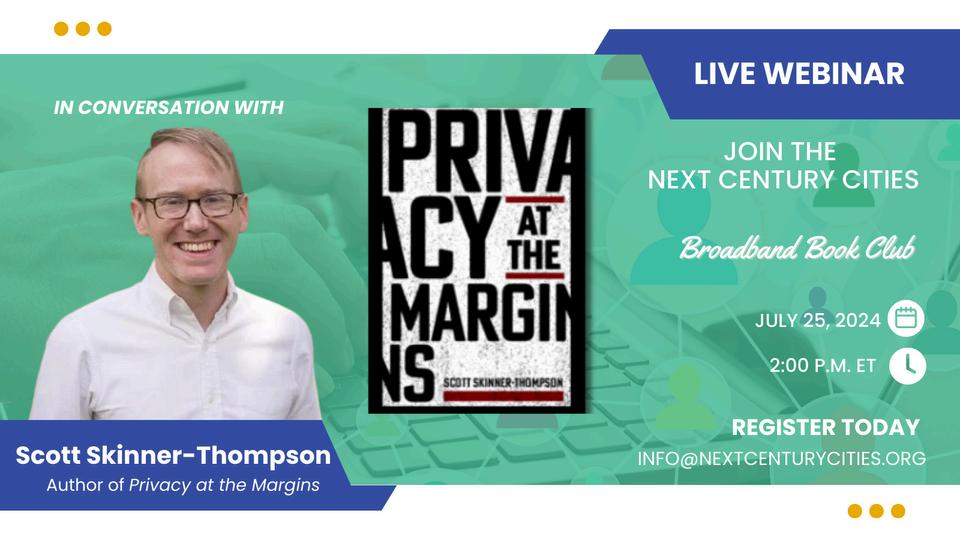
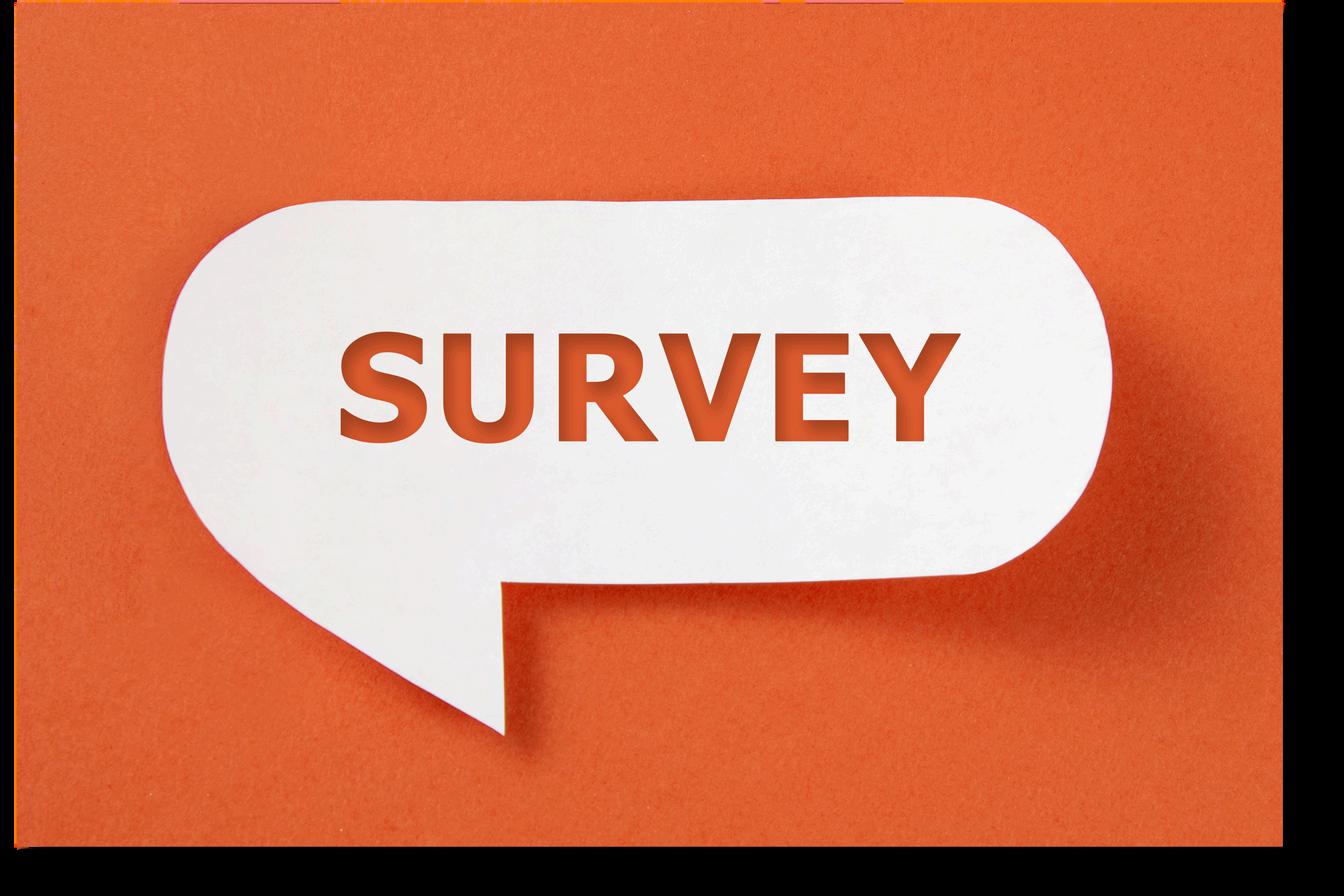
As the NCC team develops the next decade of programming and research, we are interested in your feedback! This information will be used by the NCC team to understand how we can better serve members. You may also choose to include your feedback in NCC's reports and filings.
